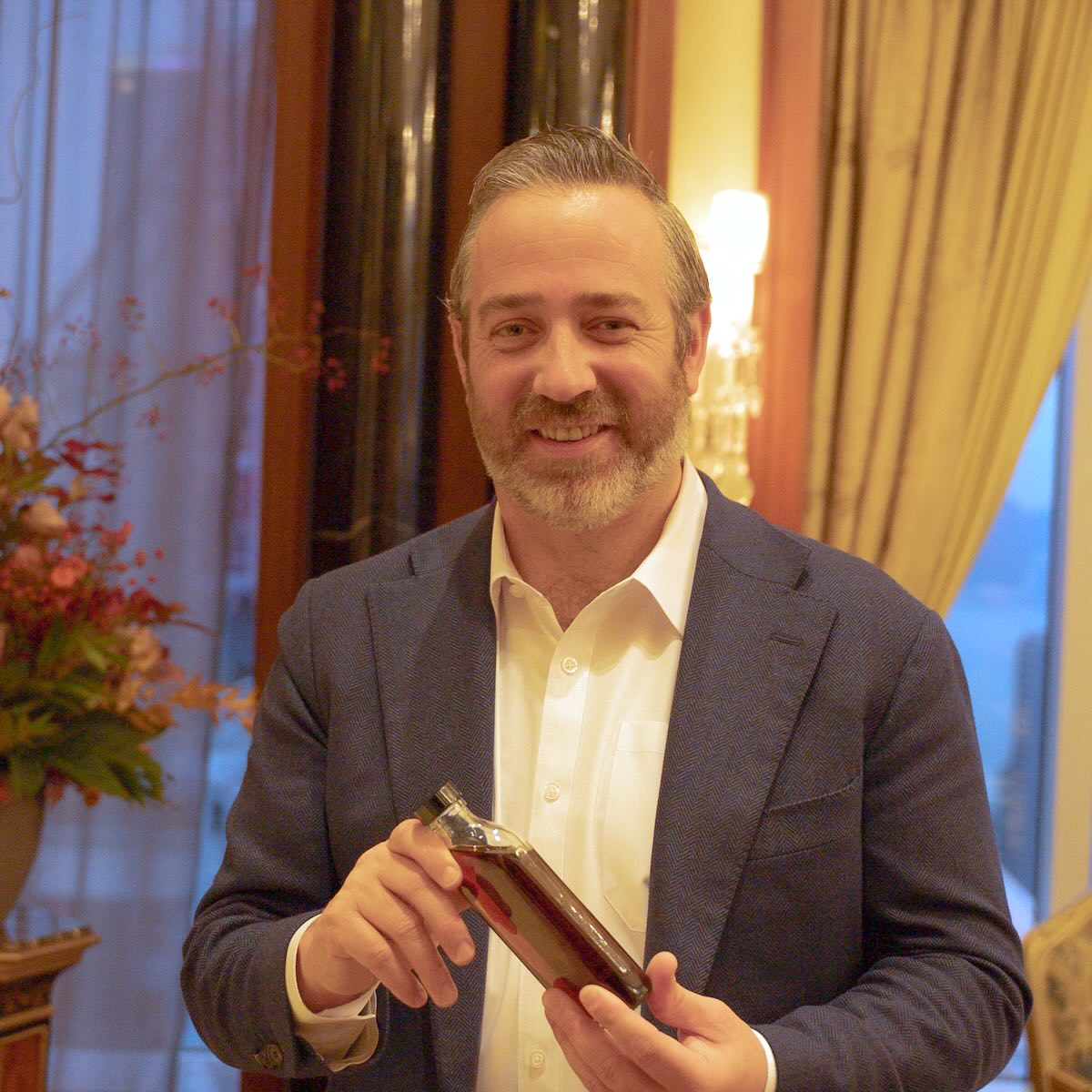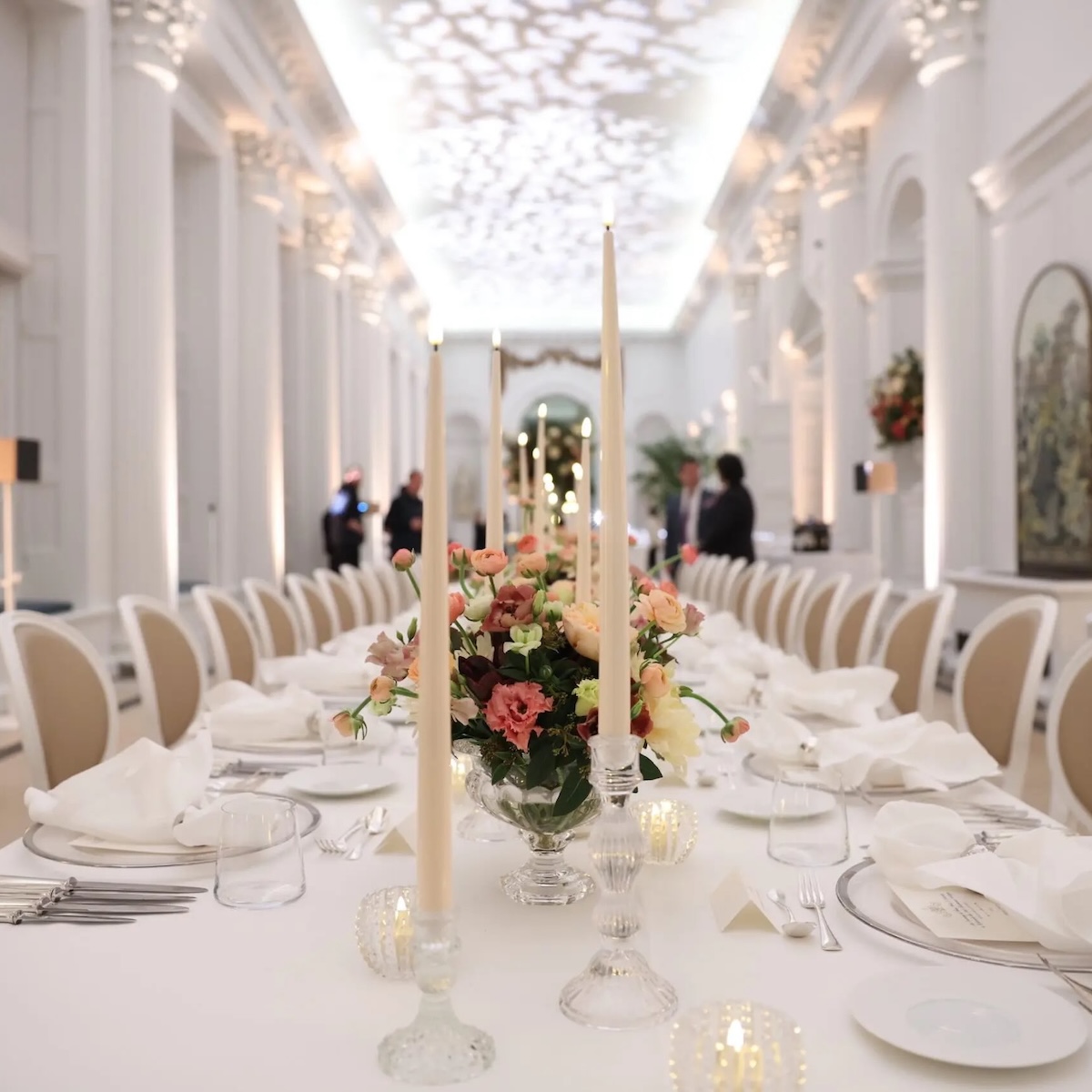In the courtyard of Amanyangyun, the mighty King Camphor Tree stands tall and proud. Reaching to the skies, this centuries-old camphor giant is an emblem of history, a king among its kind in the lush woodlands surrounding the Aman hotel, where it has been gifted a second life.

Hidden in the outskirts of Shanghai, far from the hustle and bustle of the modern megalopolis, merely crossing the threshold of Amanyangyun brings guests one step closer to the past. Inspired by nature, culture, and art, Amanyangyun is one of those rare places where one can instinctively feel the weight of bygone centuries, all while remaining within a comfortable distance of the dynamic city centre.
Amanyangyun is the physical embodiment of a fascinating tale of protection and preservation, the culmination of a pioneering conservation project. It all begins in the Jiangxi province, where the construction of a new reservoir posed a threat to the King Camphor Tree, its 10,000 kin, and a collection of traditional stone mansions from the Ming and Qing dynasties. It took 16 years and a small army of master craftspeople, engineers, architects, and botanists to relocate, reassemble, replant, and resurrect the native camphor forest and dozens of historical villas—and it is this majestic legacy of giants that Amanyangyun is determined to safeguard for posterity.

Across 10 hectares of forested land, 11 villas are set in antique mansions from the Ming and Qing dynasties, while 24 modern suites complete the luxurious accommodations. Stepping through the hallowed halls meticulously restored by long-time Aman partner Kerry Hill Architects bestows a transformative experience upon travellers; walk in the footsteps of merchant families who once called these houses home, and learn the meanings behind inscriptions carved in stone, relics of a different time.
Amanyangyun’s villas comprise multiple bedrooms, shared living spaces, private pools and hot tubs, and open courtyards, harmoniously married through a design philosophy that is equal parts classic Chinese and contemporary minimalism. High ceilings, natural light, the use of indigenous materials, and a deep respect for the buildings’ original structures help to retain the ancient dwellings’ distinctive characters.

Wellness, the cornerstone of the Aman experience, is abundant. Not only does Amanyangyun lay claim to having the largest Aman Spa of all global locations, its list of services, facilities, and treatments is comprehensive. Eight rooms, two double suites, and numerous lounges are just the start.
Venture deeper into the Aman Spa to discover a sauna, hot tub, cold plunge pool, two swimming pools, and even more thermal facilities, such as a banya and hammam. Meditation, yoga, and movement sessions take place in the sunlit fitness studio, a serene space for restoration and relaxation that fully embodies Amanyangyun’s namesake, a 300-year-old inscription on a Forbidden City pavilion that translates to “nourishing cloud.”
Enjoy the tranquil nature of Amanyangyun’s expansive grounds through an afternoon tea on the lake, a walk through the rescued camphor trees, and a visit to the on-site herb and vegetable garden, from which the hotel restaurants source their seasonal ingredients. Lazhu and Yinlu celebrate the authentic flavours of Jiangxi and Chaoshan cuisines and Cantonese-style hot pot, respectively. Arva delights guests with the best of Italian farm-to-table dining.

Cultural immersion is a prominent feature at Amanyangyun, amplified by the dignified surroundings. Nan Shufang—named for the Forbidden City’s royal reading pavilion—is the soul of the multi-faceted resort complex, where Chinese art forms and the pursuit of knowledge take centre stage. Set in one of the most architecturally intriguing buildings recovered from Fuzhou, this modern day studio channels the curiosity and dedication of China’s scholars and literati; guests can participate in calligraphy classes, tea ceremonies, and guqin music appreciation.
As a hub of creative vision, the luxury resort has hosted large-scale exhibitions, intimate gallery shows, and curated tours within its villas to encourage Aman guests in the “art of wandering” in a unique, exclusive, and private environment, featuring the works of renowned artists and creators, including the likes of Florentijn Hofman, Takashi Murakami, Ding Yi, and Huang Yulong.

Discover inner peace, natural beauty, Chinese tradition, and the joys of art on your own personal nourishing cloud, in the heart of Amanyangyun.
Find out more about Amanyangyun at aman.com/resorts/amanyangyun.
All images courtesy of Amanyangyun.









